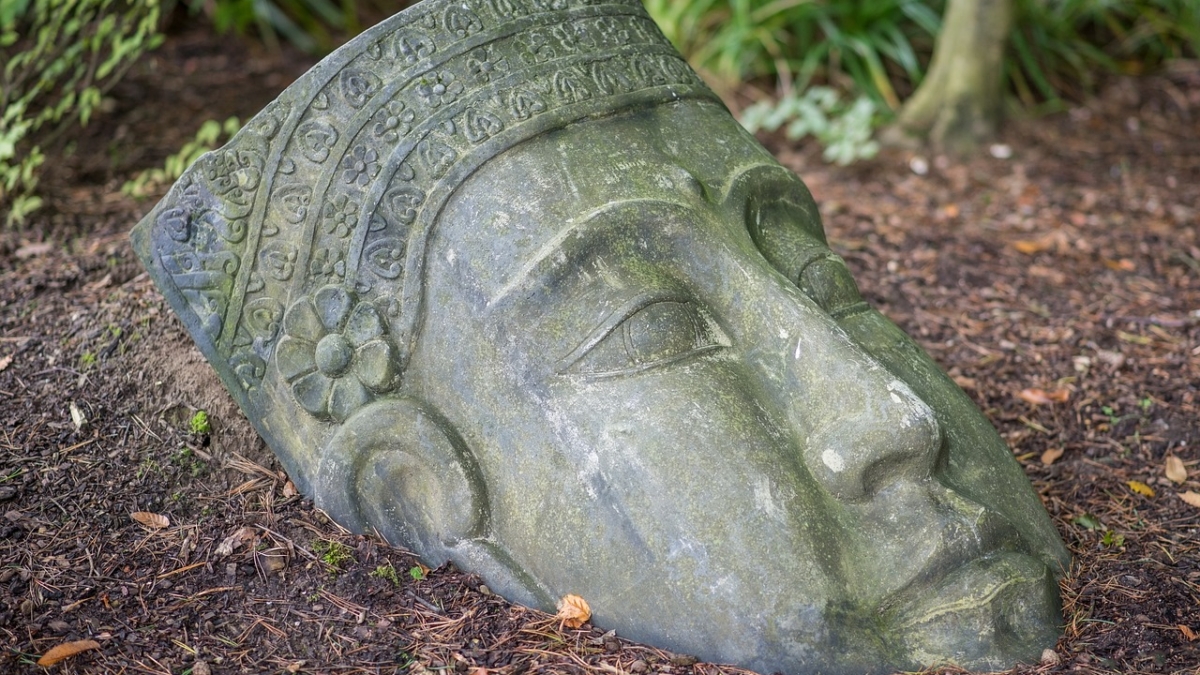Dance is not just an art of the body, but also of the face. Every sway, twist, and leap is amplified manifold with the right facial expression. As dancers, we invest so much time perfecting our body movements, but what about our facial expressions? Enter the world of face yoga – exercises designed to tone, strengthen, and increase the flexibility of facial muscles.
Why is Face Yoga Important for Dancers?
- Enhanced Expressions: Through face yoga, dancers can achieve greater control over facial muscles, enabling them to portray a vast range of emotions more convincingly.
- Increased Awareness: With regular practice, dancers become attuned to the unnecessary tension in their facial muscles, ensuring that they radiate genuine emotions.
- Stamina Building: Extended performances can strain the facial muscles. Face yoga boosts endurance, ensuring that the dancer’s expressions remain vibrant throughout the performance.
- Unified Body-Face Connection: It’s enchanting when a dancer’s body and face work in harmony. Face yoga facilitates this connection, amplifying the overall impact of the performance.
Incorporating Face Yoga into Dance Routines:
- Warm-Up Companion: Before hitting the stage or the practice room, incorporate face yoga into your warm-up routine. Stretch and prep those facial muscles just as you would with your limbs.
- Daily Ritual: Dedicate a few minutes daily to face yoga, making it a part of your regular training regimen.
- Expression Workshops: Consider attending or organizing workshops that combine dance movements with face yoga exercises, emphasizing the harmony between facial and bodily expressions.
Face Yoga in Action – Dance Expressions Amplified:
- The “Surprised” Expression: Forehead lifts or raised eyebrows, practiced without creating wrinkles, can perfectly depict surprise or intrigue in dance numbers.
- The “Focused” Expression: Tightened eyelids or practiced squints can be used to convey an air of determination or intense focus.
- The “Joyful” Expression: Cheek lifts, an integral face yoga move, aids dancers in radiating joy or exhilaration.
- The “Sorrowful” Expression: Through chin lifts, dancers can easily evoke feelings of sorrow or contemplation, enhancing the emotional depth of their performances.
To conclude, face yoga might not be the traditional route for dancers, but its potential benefits are hard to ignore. As the world of dance constantly evolves, it’s essential to explore unconventional methods that can uplift our performances. Face yoga offers an exciting avenue to do just that – ensuring every emotion, every story, is not just felt but also seen.

